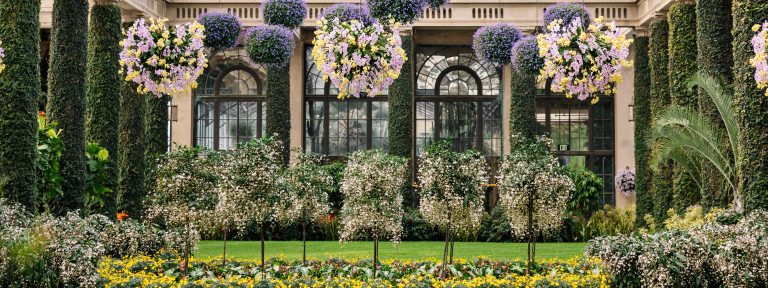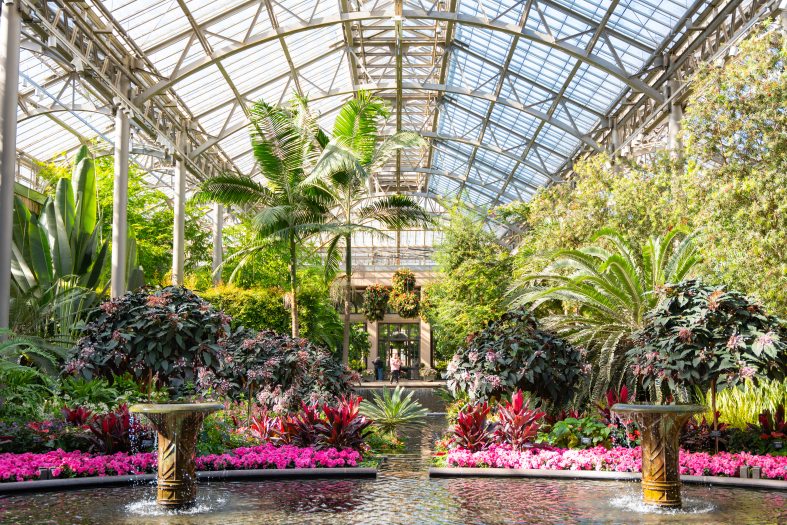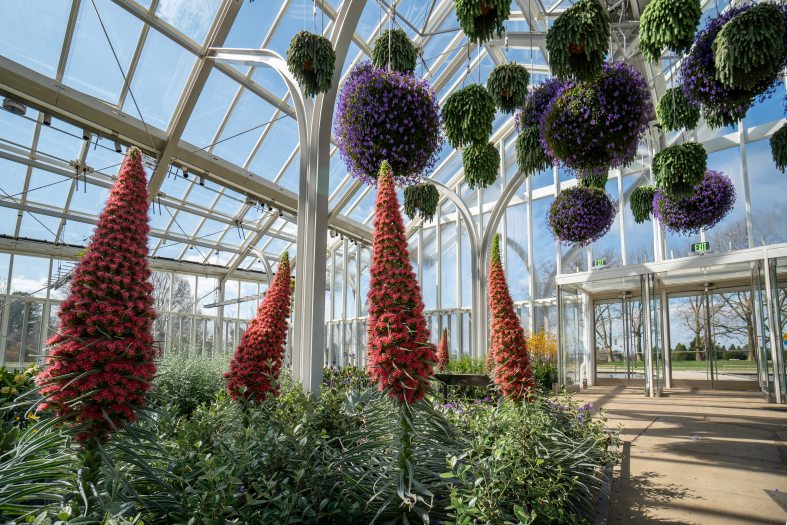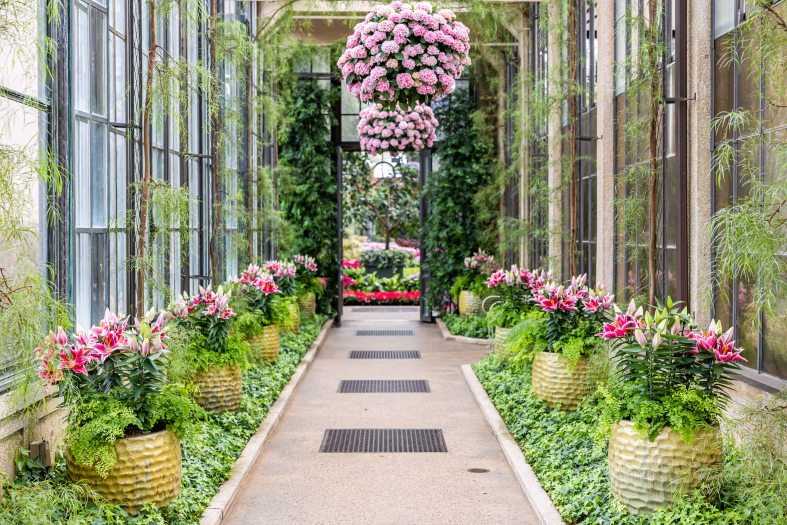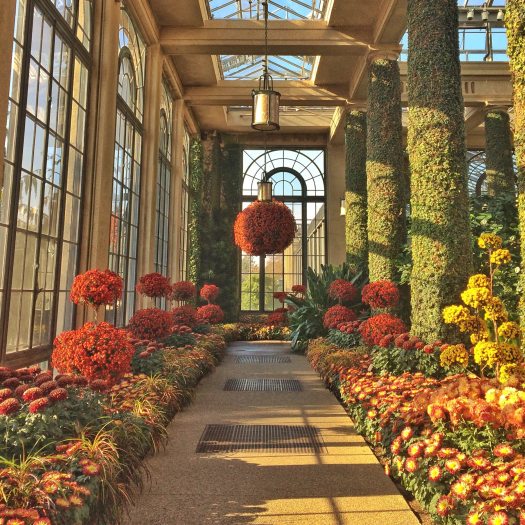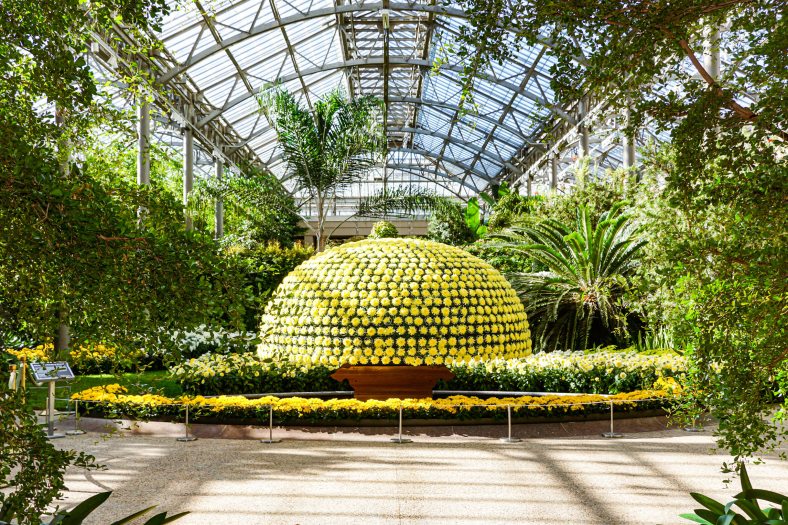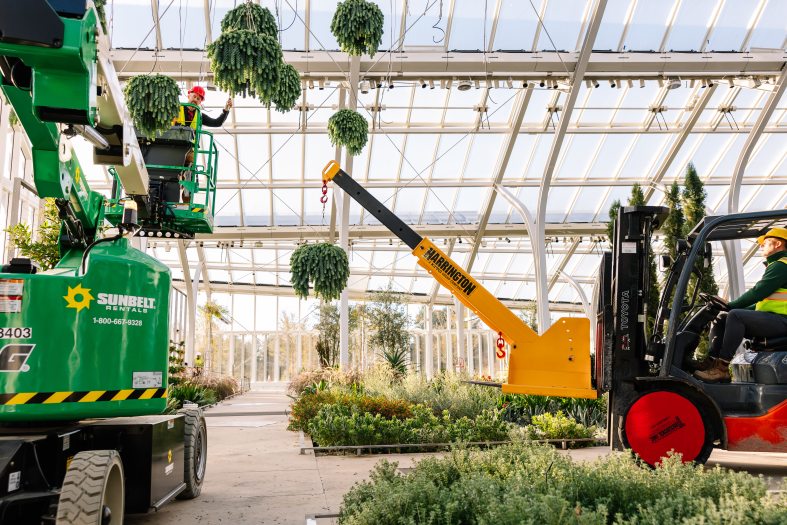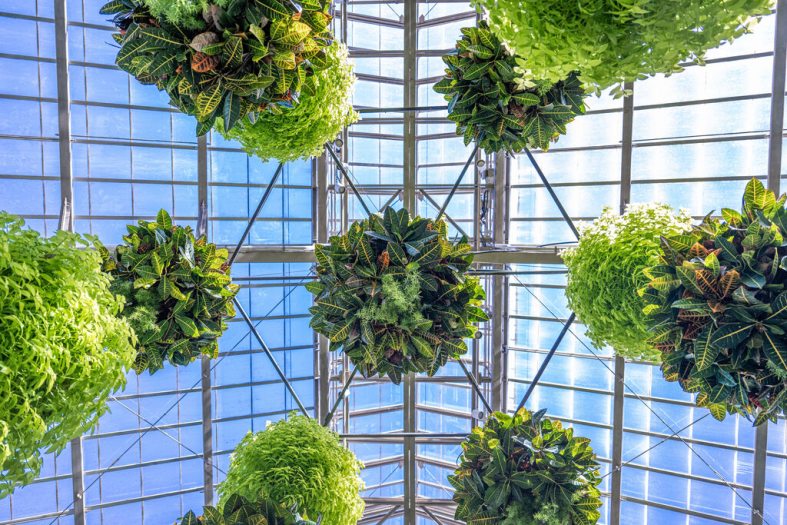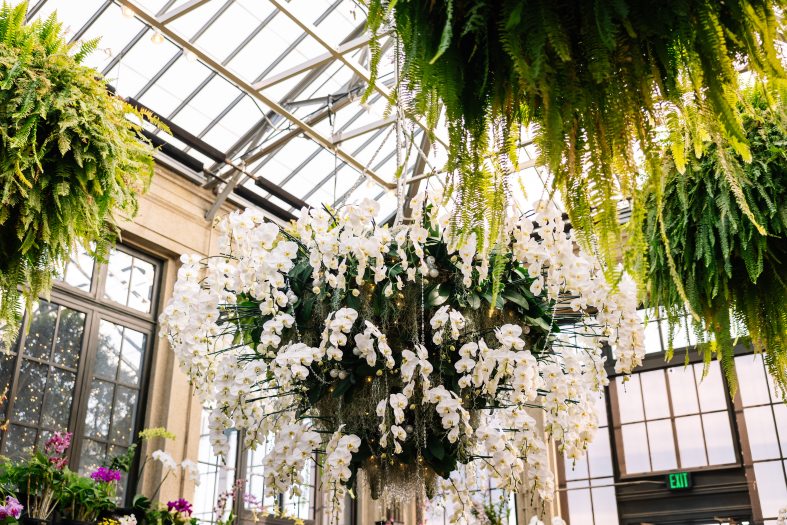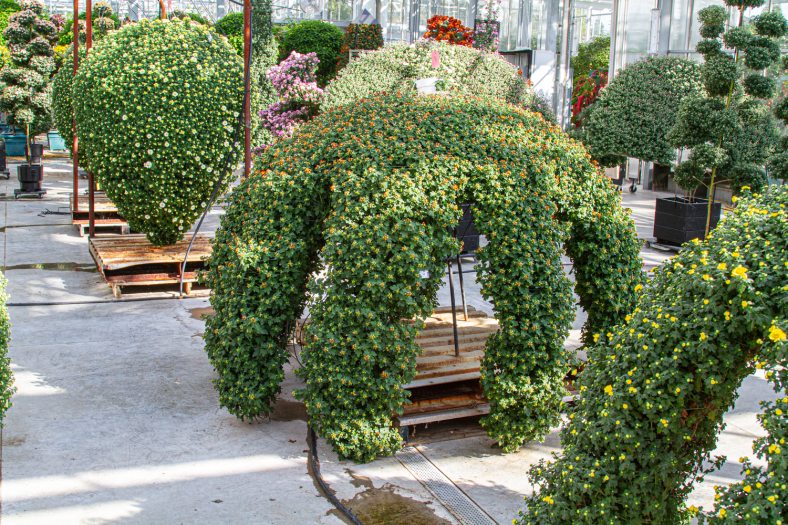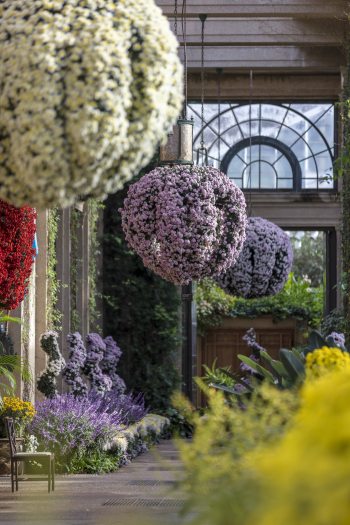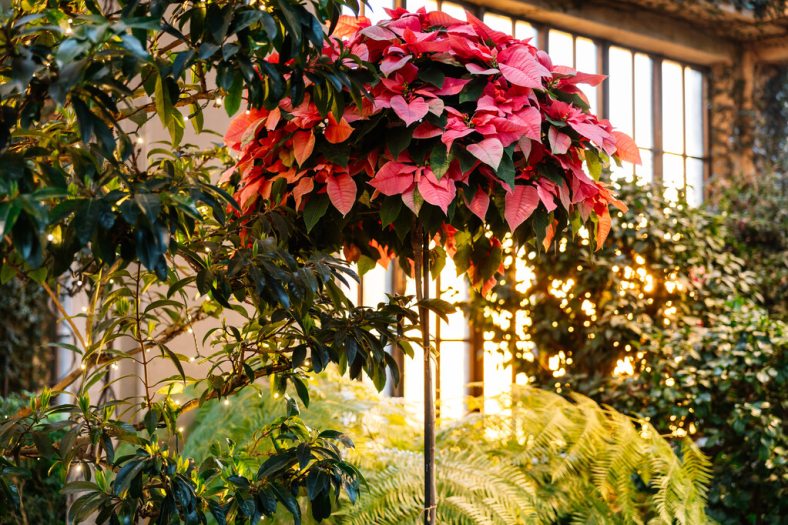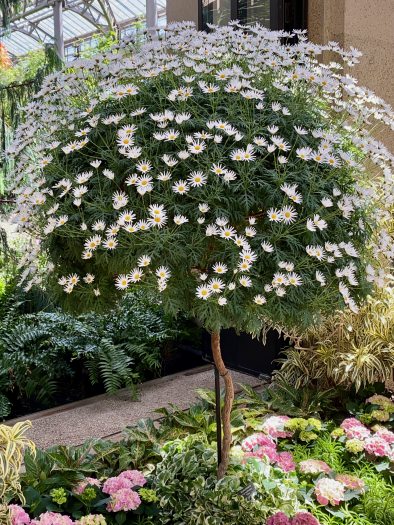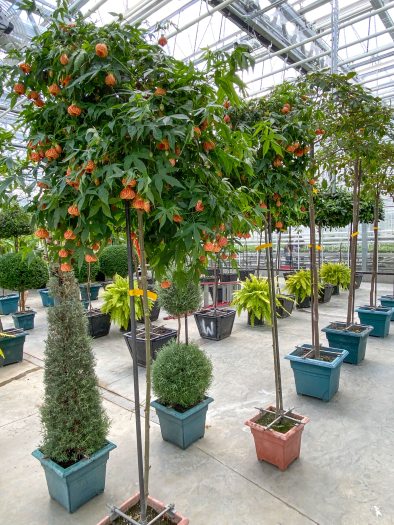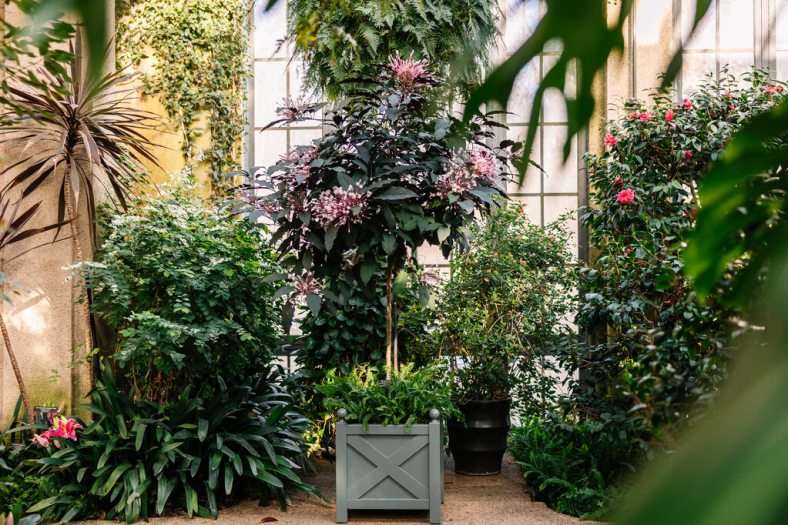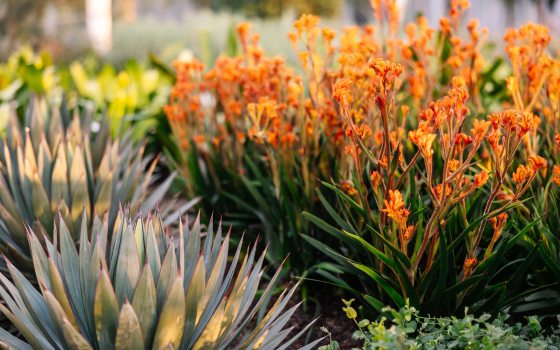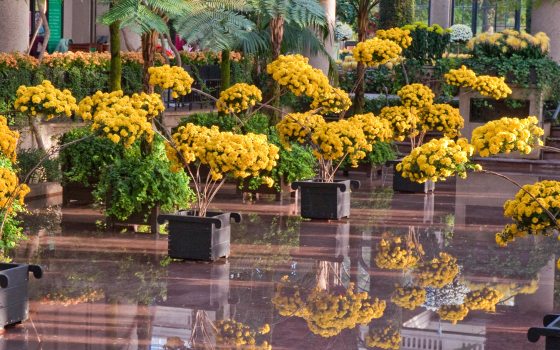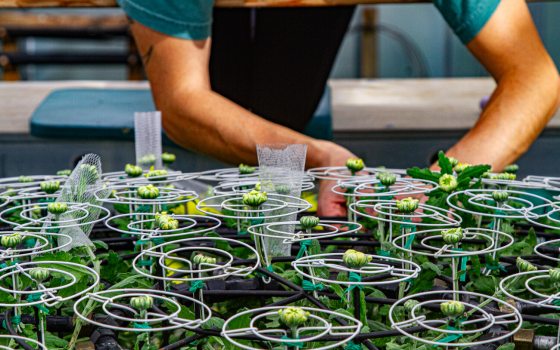Our Floriculture team, in close collaboration with our Design team, creates stunning displays using both time-honored and newly developed techniques to present plant material in stunning and unexpected ways.
Driven by a passion for discovery, our experts continuously refine growing techniques—drawing on global practices while developing our own. Sustainability is integral to our approach, guiding how we manage water, compost, fertilization, and resources to align with our mission. We constantly seek out new, interesting plants and innovative techniques to enhance our displays. As a leader in horticultural excellence, we are committed to advancing the field through education, mentorship, and cross-disciplinary collaboration.
Our displays are the result of collaborative efforts between designers, horticulturists, and our floriculture production team. Drawing upon decades of institutional knowledge and supported by our behind-the-scenes greenhouses, approximately 70 percent of the plants featured in our displays are grown onsite. Each year, we produce over 100,000 plants from more than 1,300 unique varieties.
While our permanent plantings offer familiar beauty, the ephemeral nature of our seasonal displays keeps each visit to Longwood fresh and compelling, inviting guests to return again and again to discover what's in bloom.
Each season, our floriculture efforts are showcased through our vibrant displays of container plantings, hanging baskets, topiaries, and standards. The most robust expression of our expertise is our Chrysanthemum Festival, which is recognized as one of the most spectacular displays of this genus in the Western Hemisphere. Longwood is proud to preserve and practice unique chrysanthemum growing techniques such as grafting, pinching, disbudding, stem breaking, and tissue culture propagation, to create the forms of clouds, bonsai, 1,000 bloom, baskets, columns, and more.
